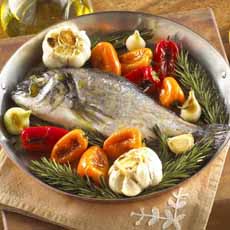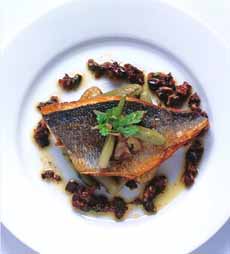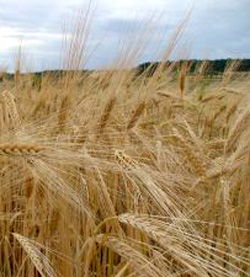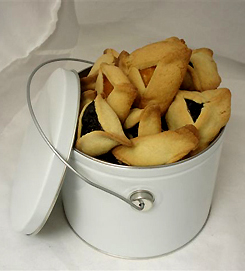


Dorade, a popular fish with an identity crisis. It is variously called daurade, dorade, porgy, sea bream, tai, zeebrasem and other names. [1] Photo courtesy La Tienda. [2] Cooked with black olives (photo courtesy Payard). [3] The raw fish, with a scrumptious recipe that includes cherry tomatoes, lemon and parsley, from Plate Du Jour.
|
|
Daurade or dorado: When you see it on a menu, doesn’t it sound elegant and exciting?
Would it sound as exciting if it were called porgy or sea bream? We think not.
We bring it up because a reader wrote to ask if daurade referred to the fish or the preparation.
It’s a fish. In France, daurade refers to Sparus aurata, the gilthead seabream, a member of the porgy family. The fish is ubiquitous in France, where there are four varieties: gray, pink and marble dorade—known by their coloring—and royal dorade.
The “royal” is so named because it has a gold-yellowish bump between the eyes that, with imagination, can be considered a crown.
While royal also has the firmest flesh, the flesh of all varieties is delicate and can fall apart if filleted. Thus, monsieur le daurade is often cooked and served whole.
Porgy: More Conffusion
Porgy is the common name in the U.S. for any fish in the family Sparidae. Adding to the confusion, they are also called bream.
And on top of that, not all fish called bream are members of the Sparidae family. But we digress…
While some daurade/dorade is porgy, the Japanese black porgy is a different genus (Acanthopagrus schlegelii), as is the American porgy (Lagodon rhomboides).
The flesh of these porgies is firmer. You’ll find daurade fillets in America (sometimes it’s flown over from France, and sometimes it’s local porgy—but daurade sounds a lot better).
You’ll find tai sushi and sashimi at Japanese restaurants in the U.S., tai being the Japanese word for porgy.
While the flesh can be delicate in texture, the flavor of the fish is not shy. Cook it with lemon, wine, garlic, tomatoes, rosemary—any of your favorite hearty herbs and spices work nicely.
My, What Big Teeth You Have!
No matter what part of the Sparidae family it comes from, you can tell from its teeth that the daurade/porgy is a carnivore. If you don’t like the eyes staring up at you from your plate, wait until you see those choppers!
Those teeth help it feast on other fish, oysters and mussels (hey, save some for us).
|









